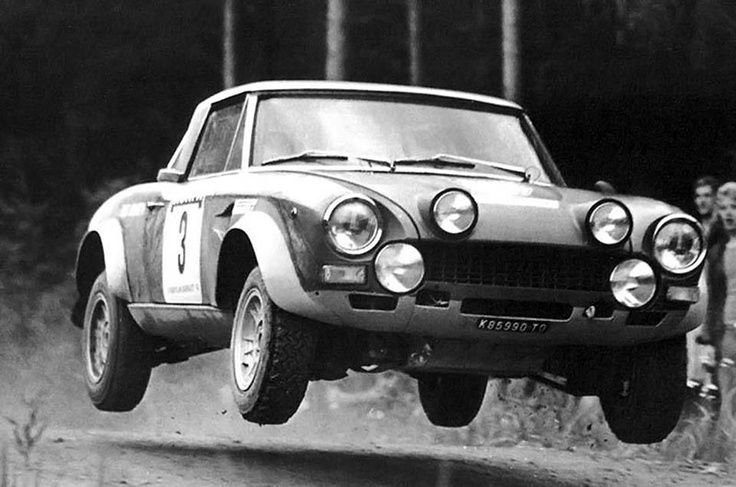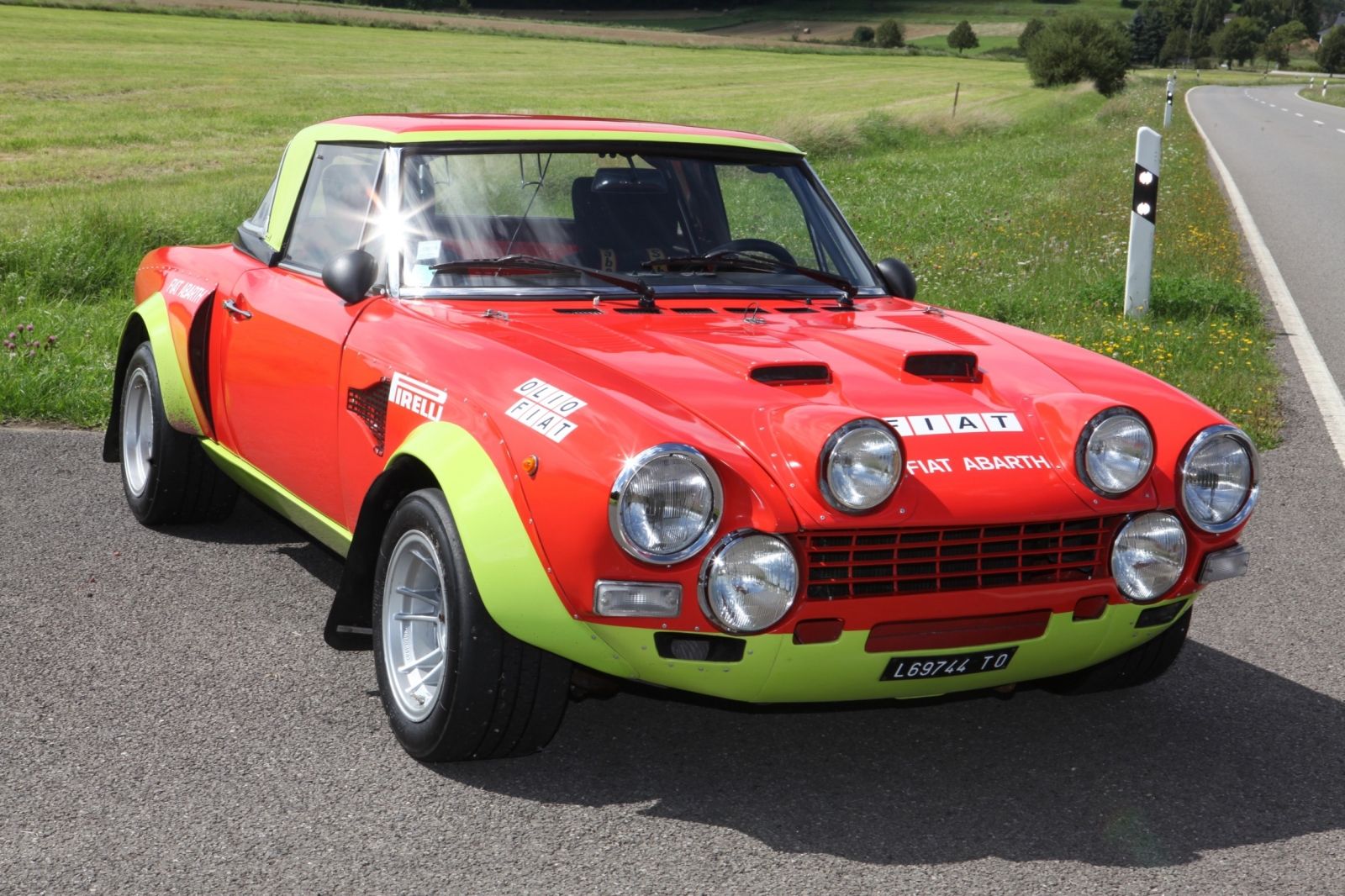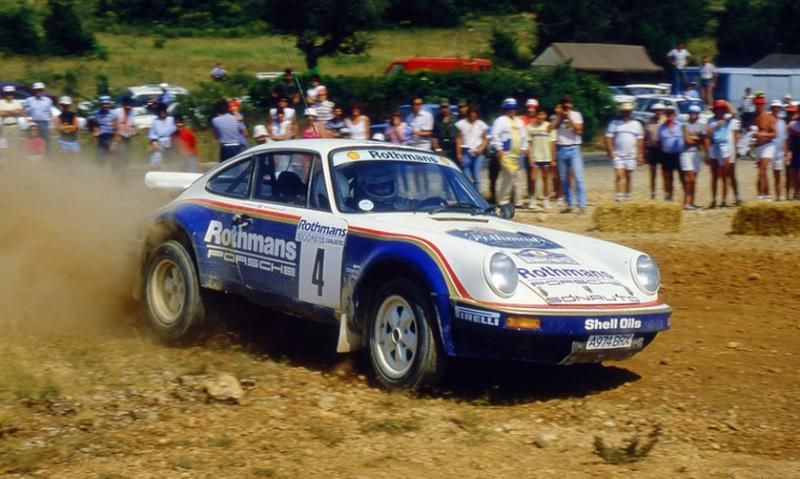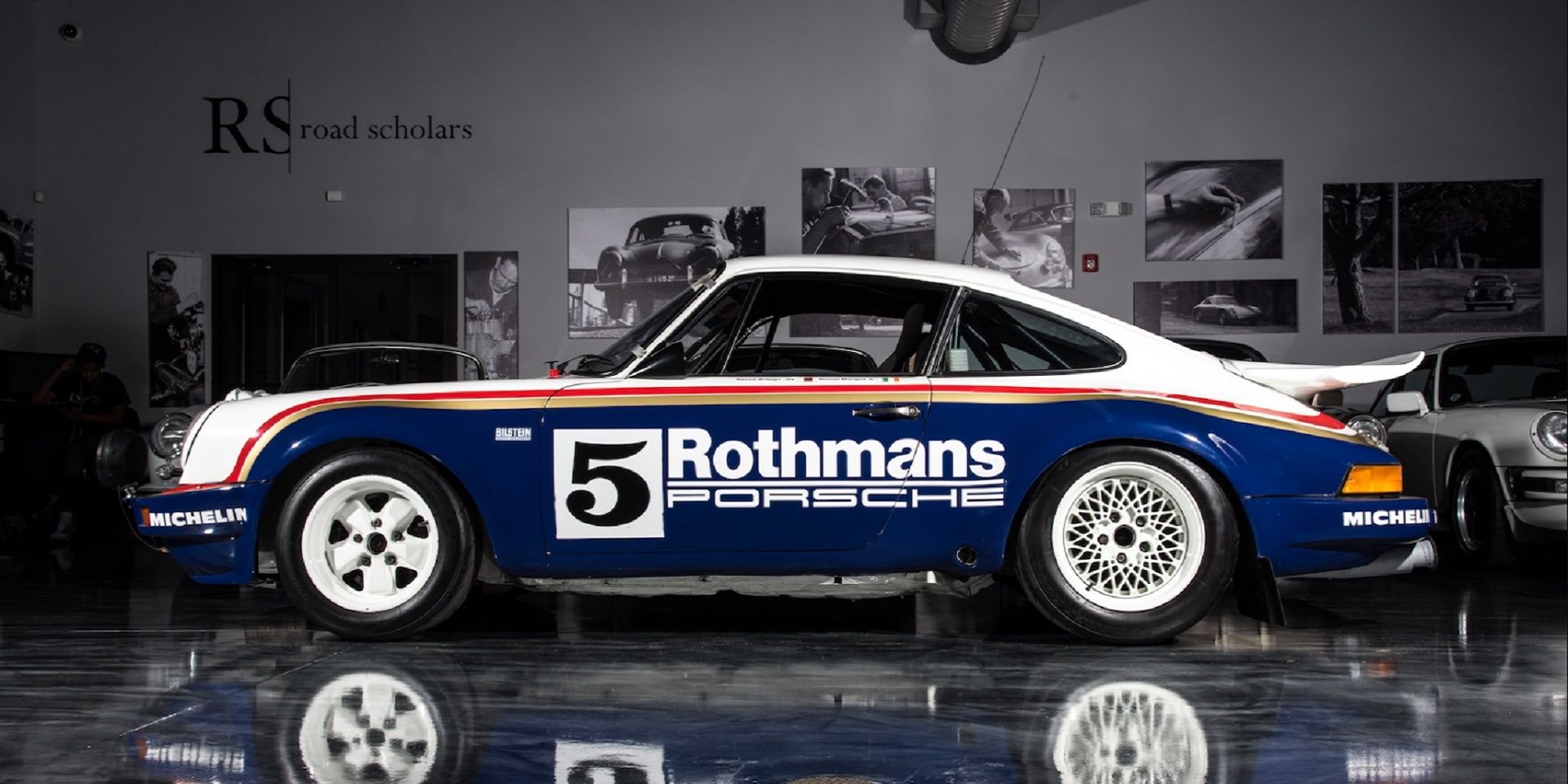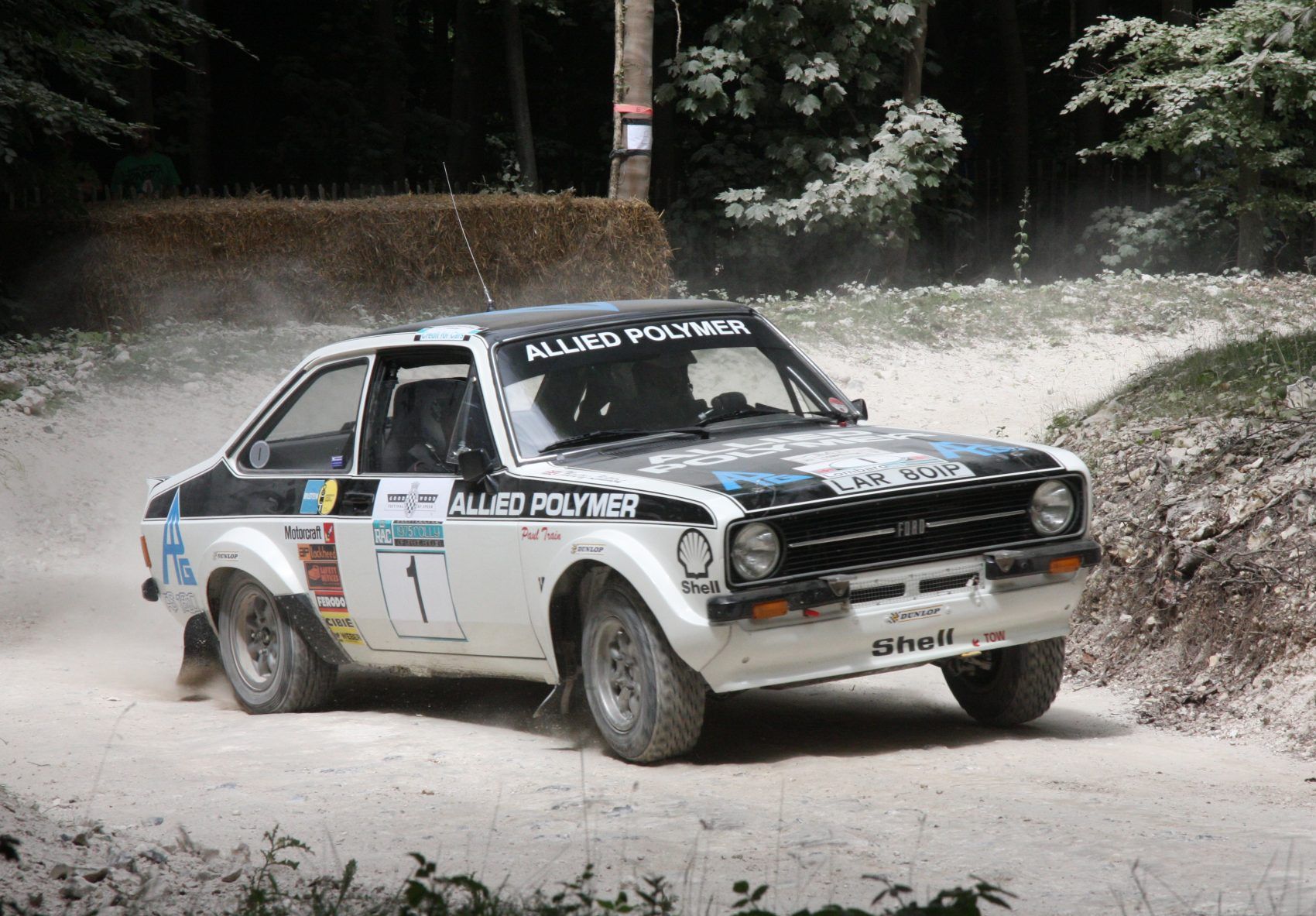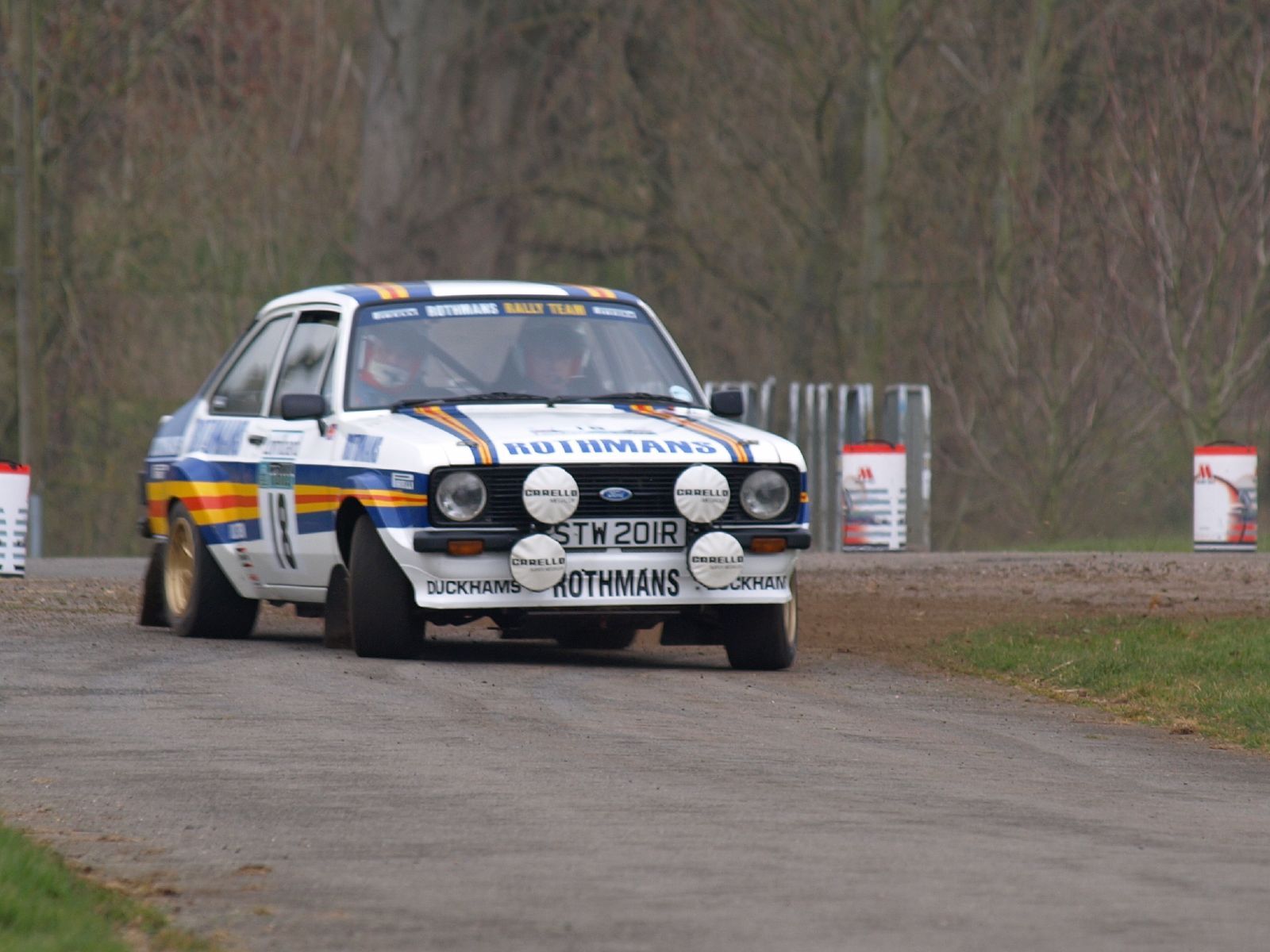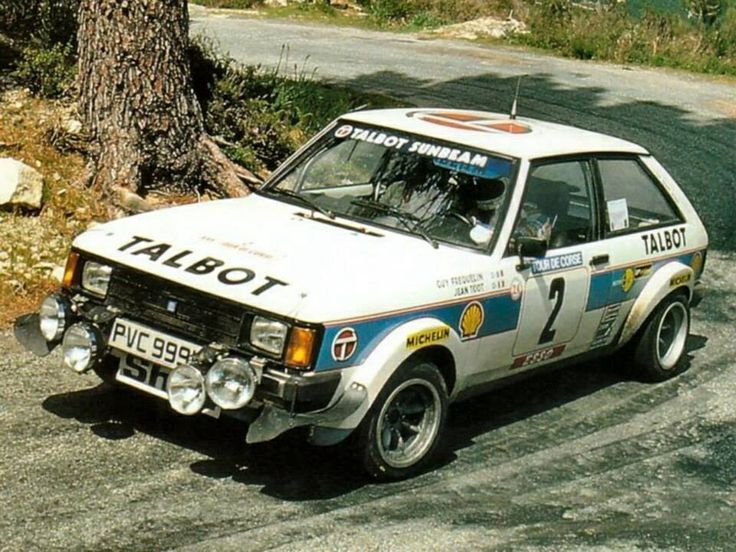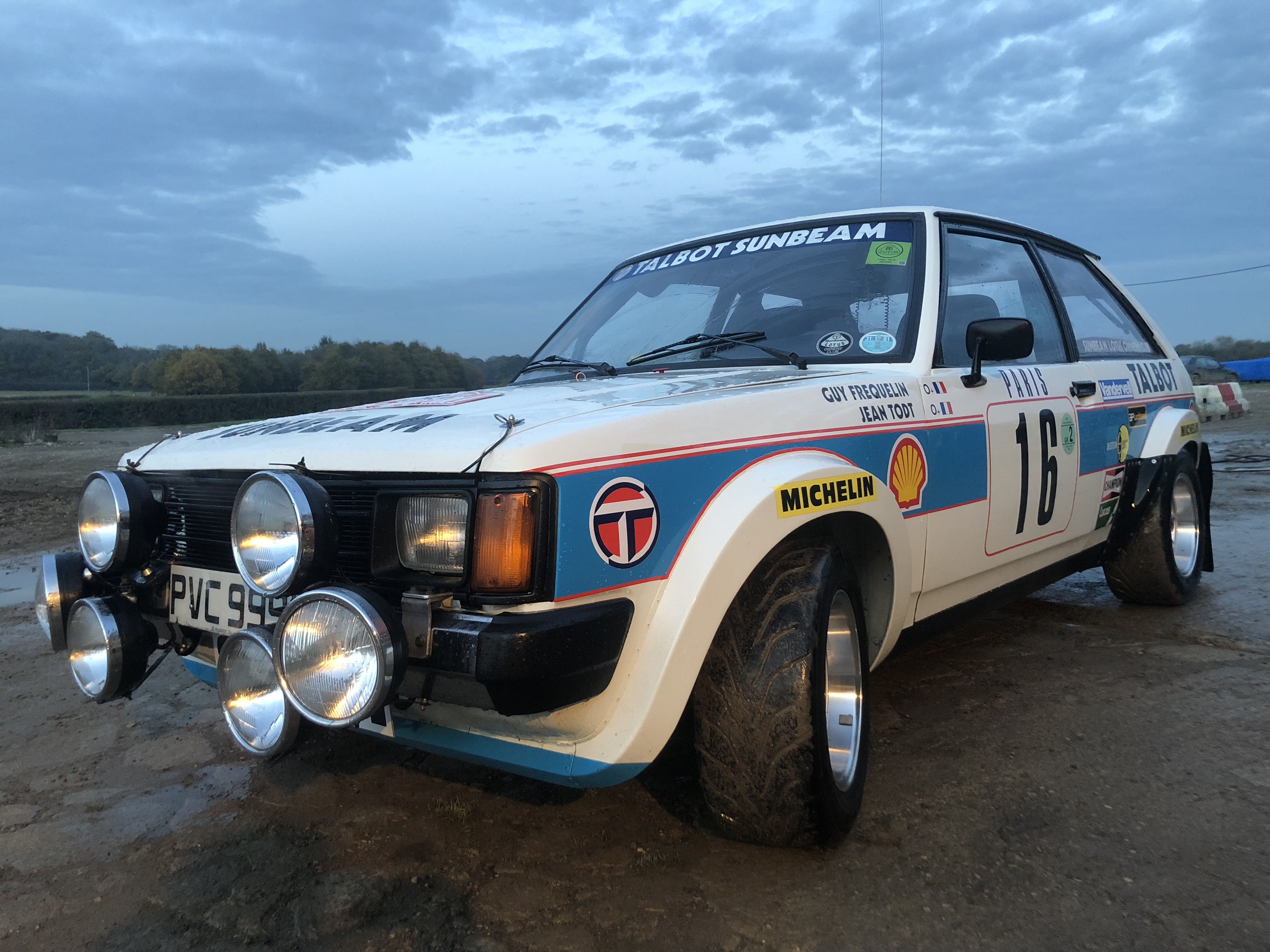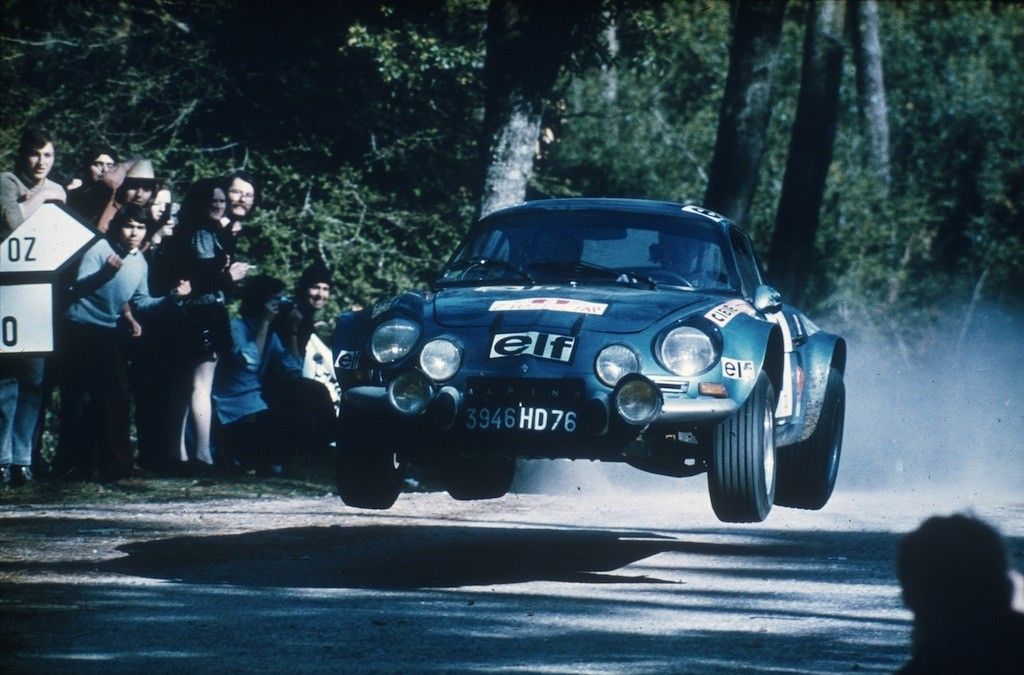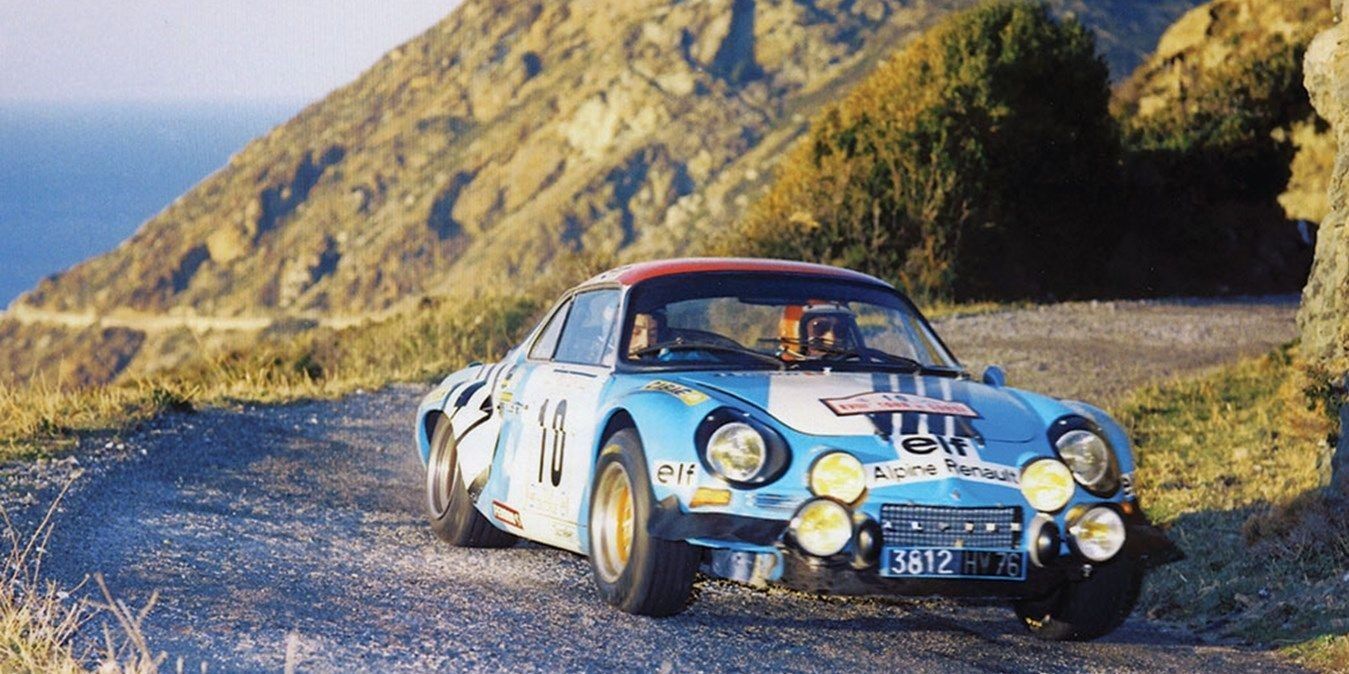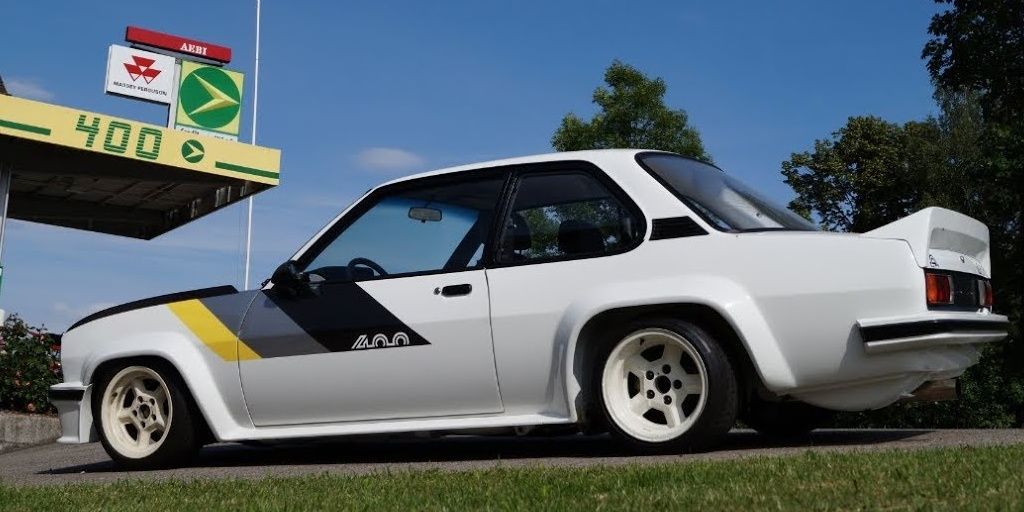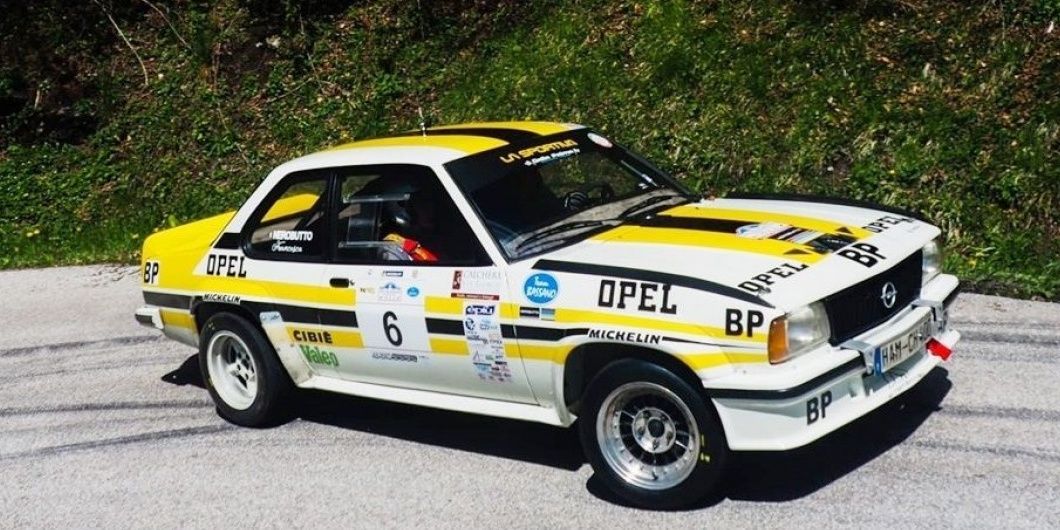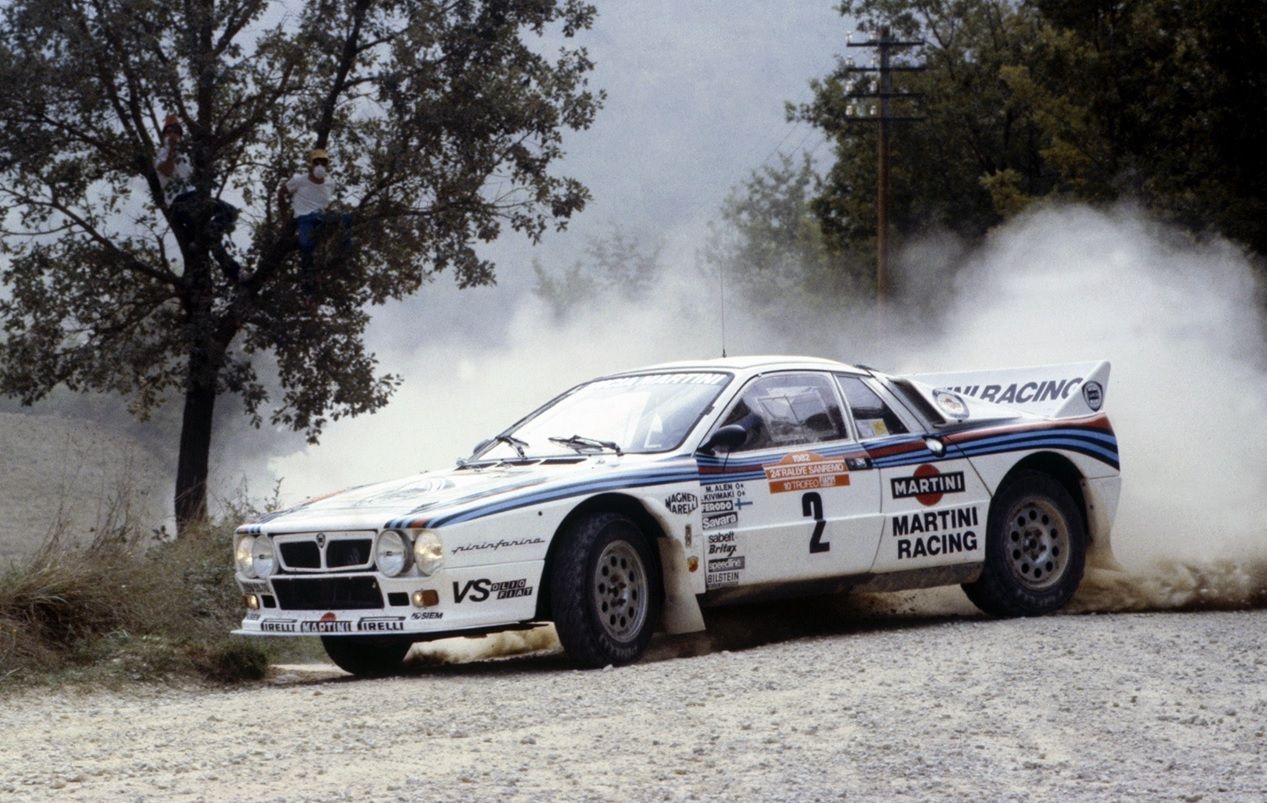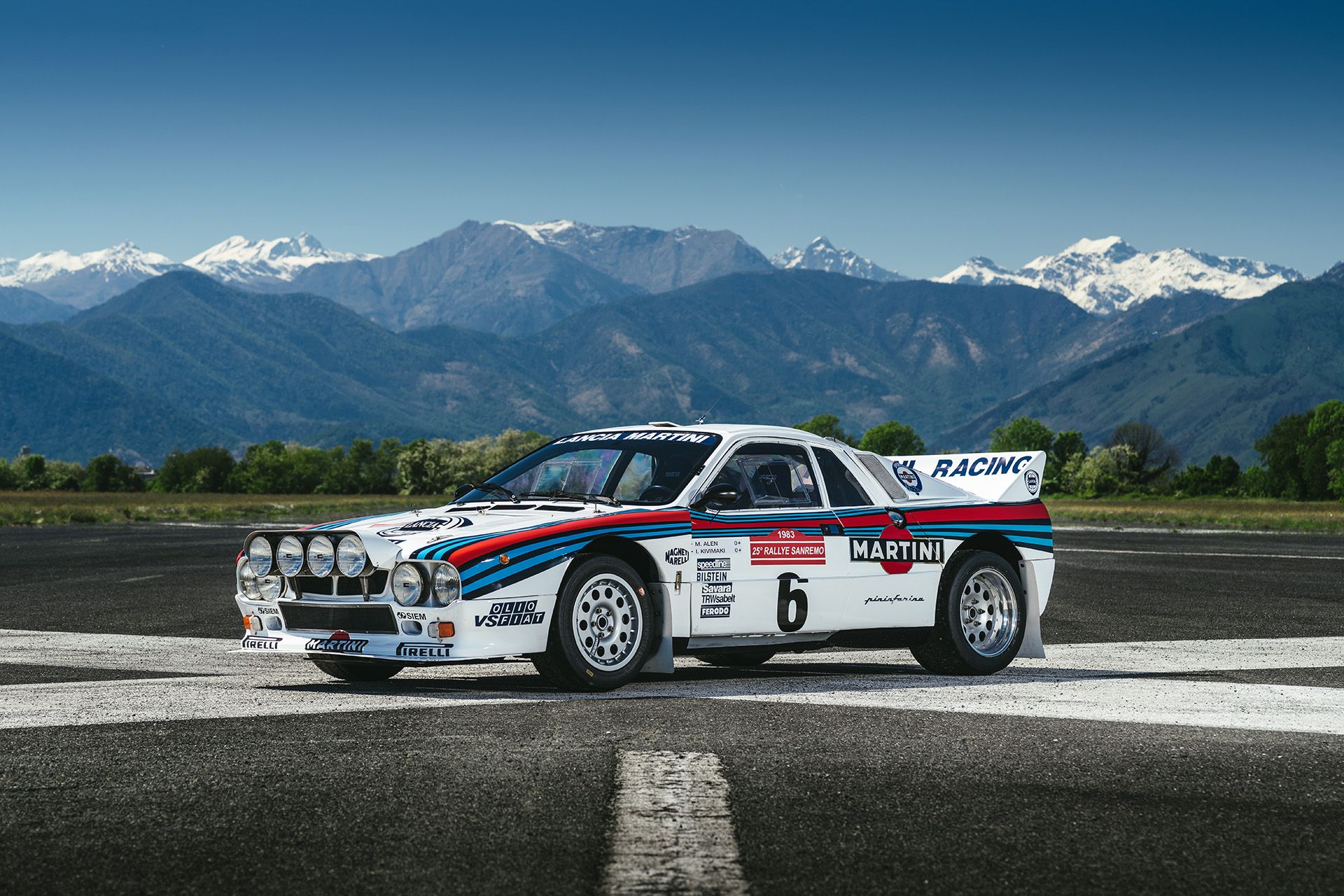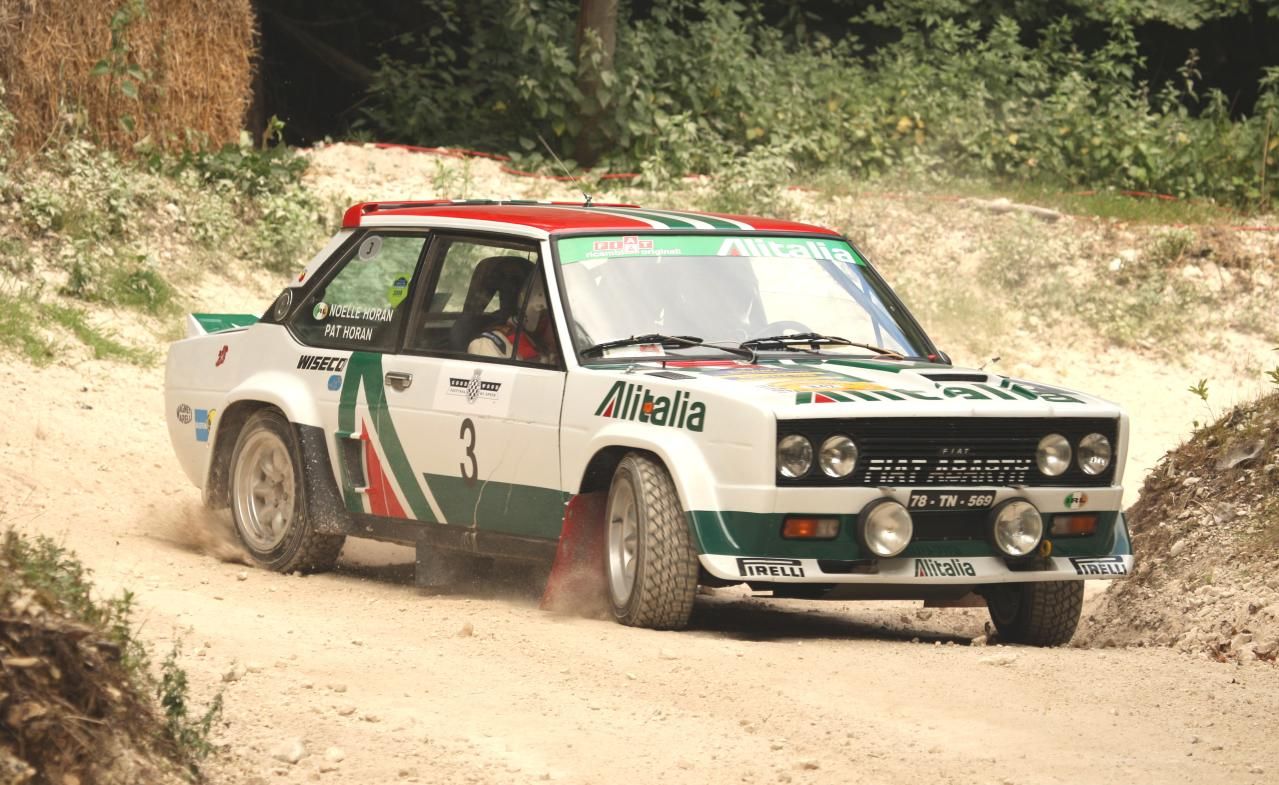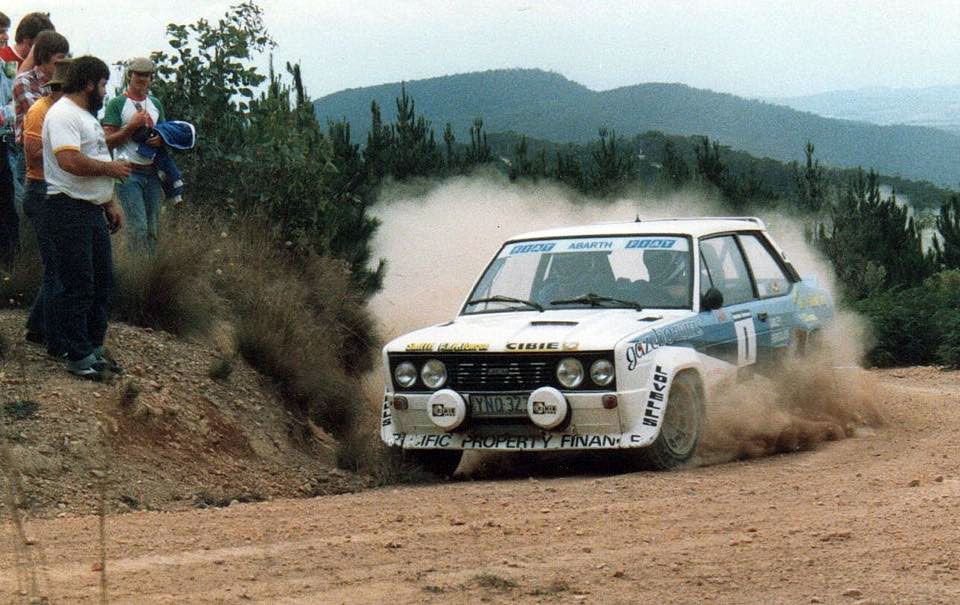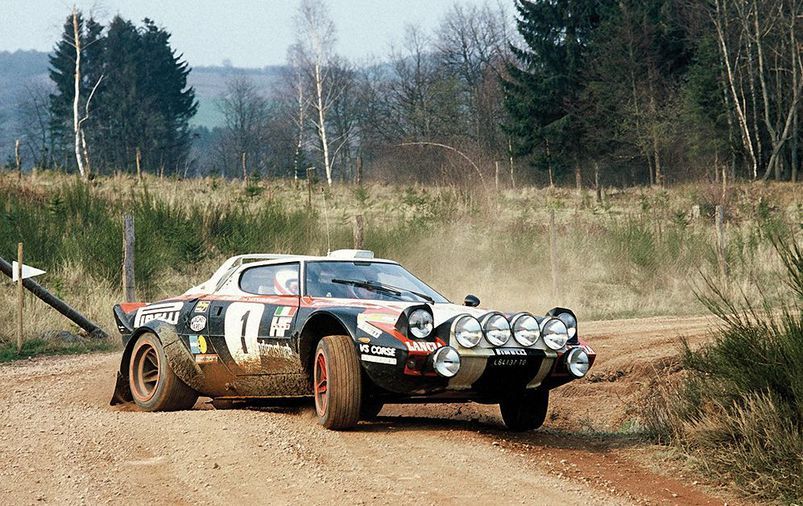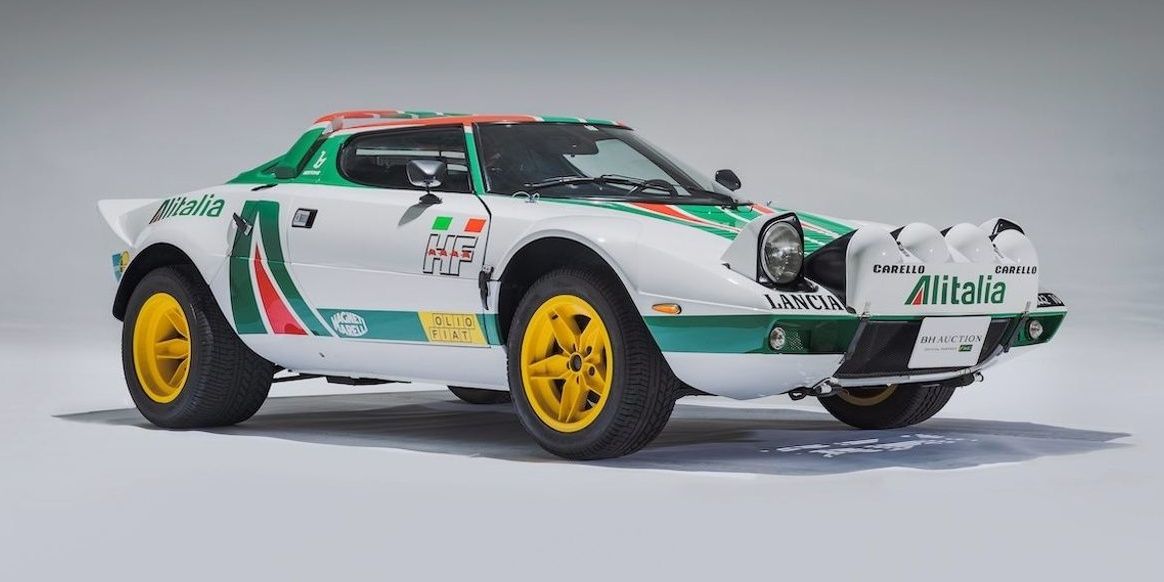In the 70s, rear-wheel-drive cars dominated the WRC as lightweight, sporty cars were the recipe for success back then.
All that changed when the Group B era began in 1982, horsepower started getting out of hand as turbocharging became more effective and reliable than ever before. It also saw the rise of all-wheel-drive as the overall weight of the drivetrains were reduced, what weight was added could easily be of-set by the significant increase in horsepower. These advancements made some cars that were previously competitive obsolete overnight, almost all of these were of the two-wheel-drive variety.
10 Opel Manta 400
When the Manta was developed Opel had already shifted their motorsport ambitions somewhat, so although many teams ran the Manta in rallies around the world, the platform was always more suited to road racing.
Making just shy of 300 horsepower in a lightweight body, the car was still fast, but ultimately it came up short, never really challenging the Quattros or even its fellow two-wheel-drive competition in the form of the Lancia 037 for wins in either the 83 or 84 seasons.
9 Fiat 124 Abarth Rally
Although the little Fiat was very competitive, winning several rallies and a European Championship, it didn’t quite make it to the top step of the WRC.
It remained competitive for many years, making over 200 horsepower in an ultra-light body, meant the car was extremely fast on technical rallies that had varied conditions.
8 Porsche 911 SC 3.0
In the hope that throwing more power and speed at the competition would bring them a win, Porsche decided to enter a 911 into one of the races.
Ultimately the car eventually broke, but not before giving the Quattro a genuine run for its money, taking a big lead on the tarmac section of the race before falling behind once they reached the gravel section.
7 Ford Escort RS1800
Ford has a long, stellar history on the WRC, which was all started by the works backed RS1800. It was one of their most successful cars, bagging several wins along the way, but only a solitary manufacturer's title.
It did however win two drivers championships though in 1979 and 1981, it also encouraged them to build one of the most extreme Group B cars in the form of the RS200.
6 Talbot Sunbeam Lotus
The Talbot is the ultimate underdog story. Based on a PSA econobox, it was sent to Lotus for some added performance, and what they did was nothing short of miraculous.
150 horsepower still wasn't all that much, it was severely outgunned by as much as 100 horsepower if you include the aforementioned Porsche that raced against it in 1981. Somehow they accumulated enough points to win the constructors title that year, it was rather obviously their only win as the Group B era would be ushered in the following year.
5 Alpine-Renault A110
Arguably the most beautiful championship winning car, was the very first, back in 1973 when the WRC was run for the first time.
Weighing barely 1500 pounds, and made of fiberglass this little Renault powered sports car only needed little over 100 horsepower to hustle the car to 140 mph
4 Opel Ascona
Although they would never get their hands on a constructors' championship, they won several races and one drivers' championship with Walter Röhrl at the helm.
After a brief stint with the uncompetitive Porsche team in 1981 he switched over to the Opel Ascona in 1982 and immediately found success at the dawn of the Group B era while Audi were still trying to figure out how to make their awesome Quattro reliable.
3 Lancia 037
The 037 was Lancia’s last effort at a rear-wheel-drive car, and it was astonishingly good.
Essentially built from the ground up to take on the WRC, the supercharged beast ended up doing exactly what they set out to do by winning the constructors title in 1983 against all odds. It was a short-lived experiment, as they saw the writing on the wall and poured their development funds into the Delta S4 all-wheel-drive car.
2 Fiat 131 Abarth
After taking a back seat to Lancia for the first few years of the WRC, Fiat decided rather controversially to pull their funding and focus on the development of their own car.
It all worked out rather well for them though as they won back-to-back titles in 77 and 78, then what was to be their last in 1980 with the Abarth.
1 Lancia Stratos HF
For a time the Stratos was unstoppable, winning three titles in a row from 74 to 76.
Even after Fiat pulled their works team after getting slightly embarrassed by their subordinate, the Ferrari powered car remained competitive for years to come in the hands of privateers.

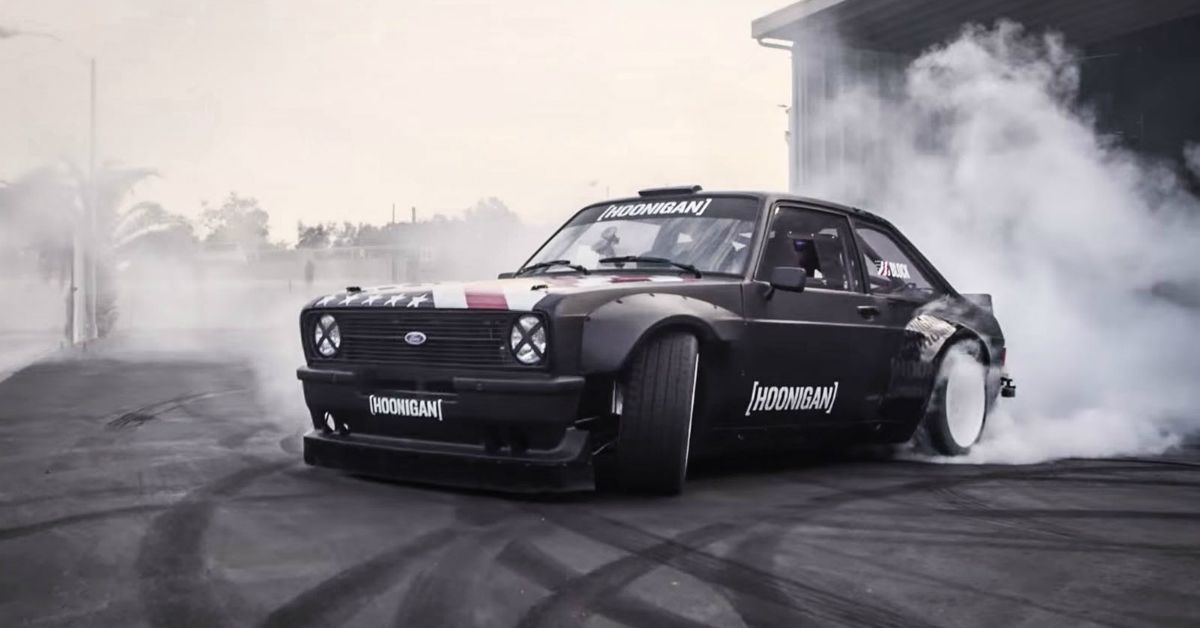
.jpg)
.jpg)
